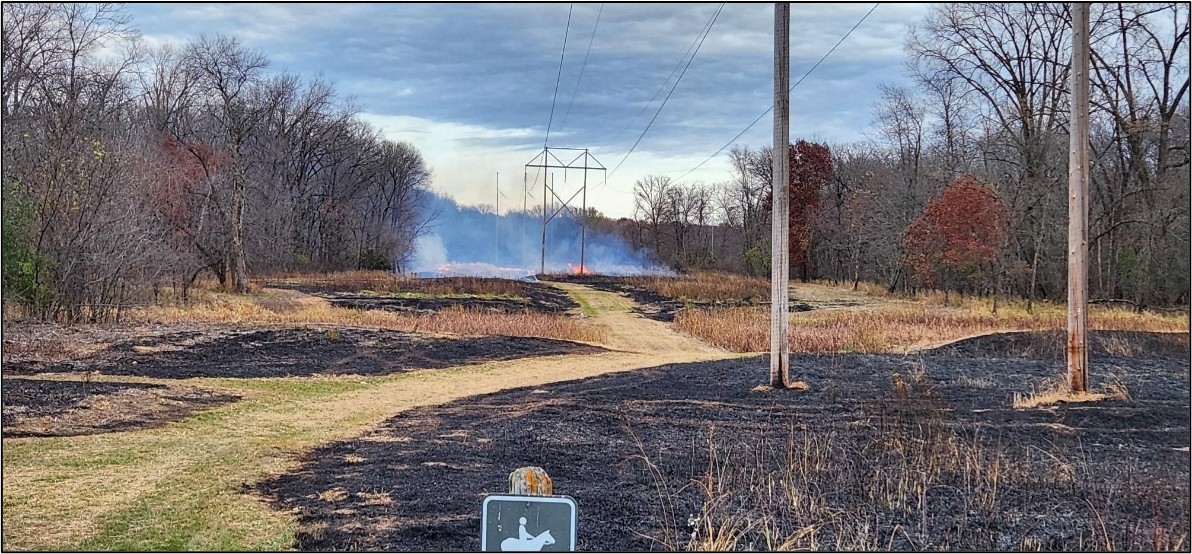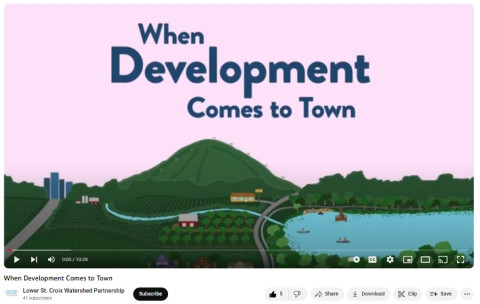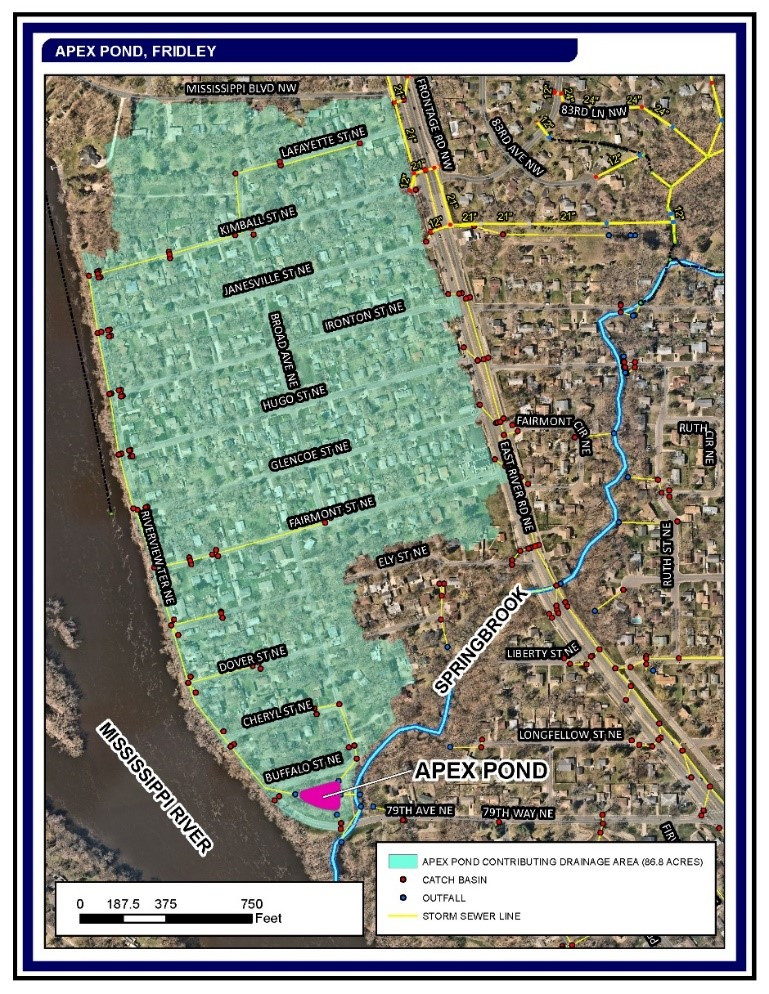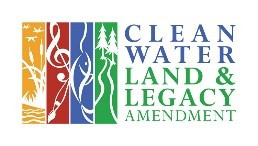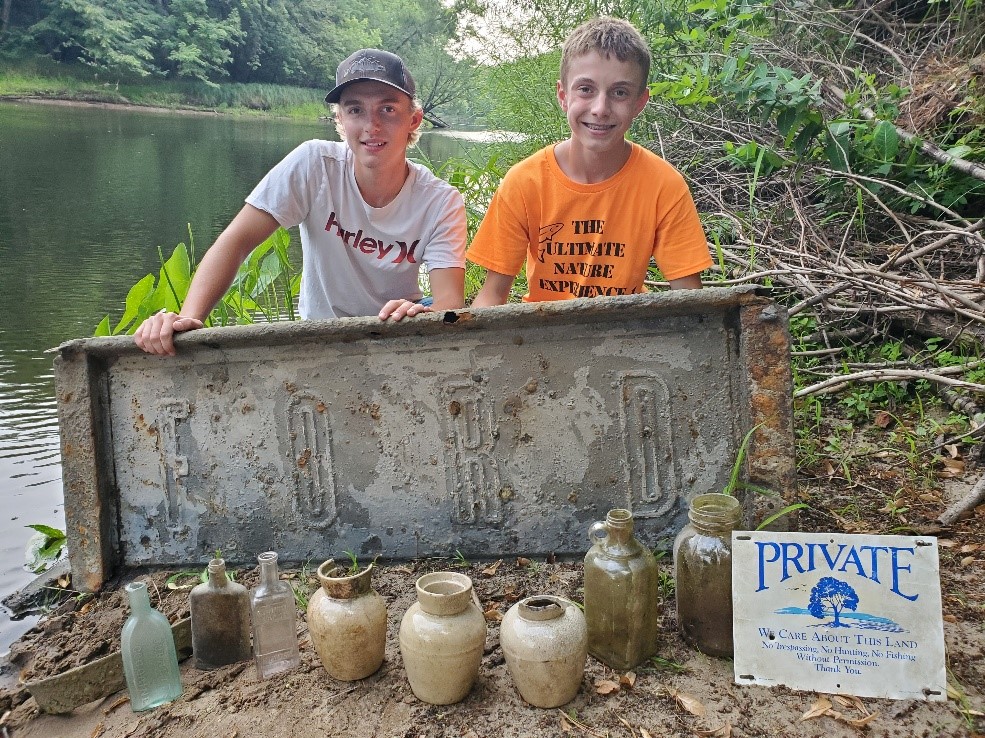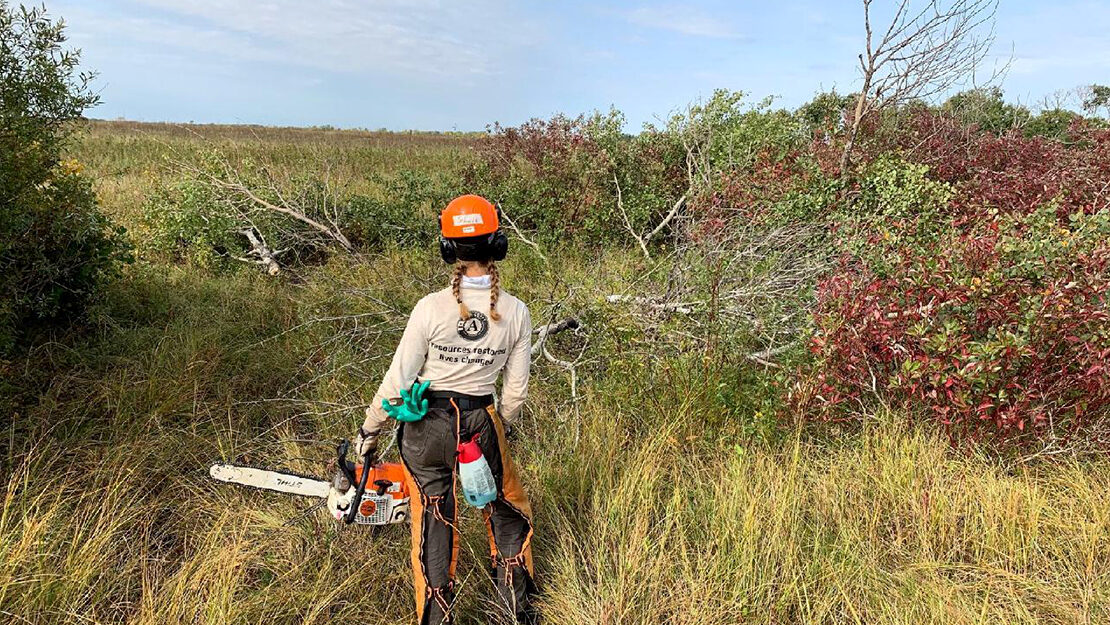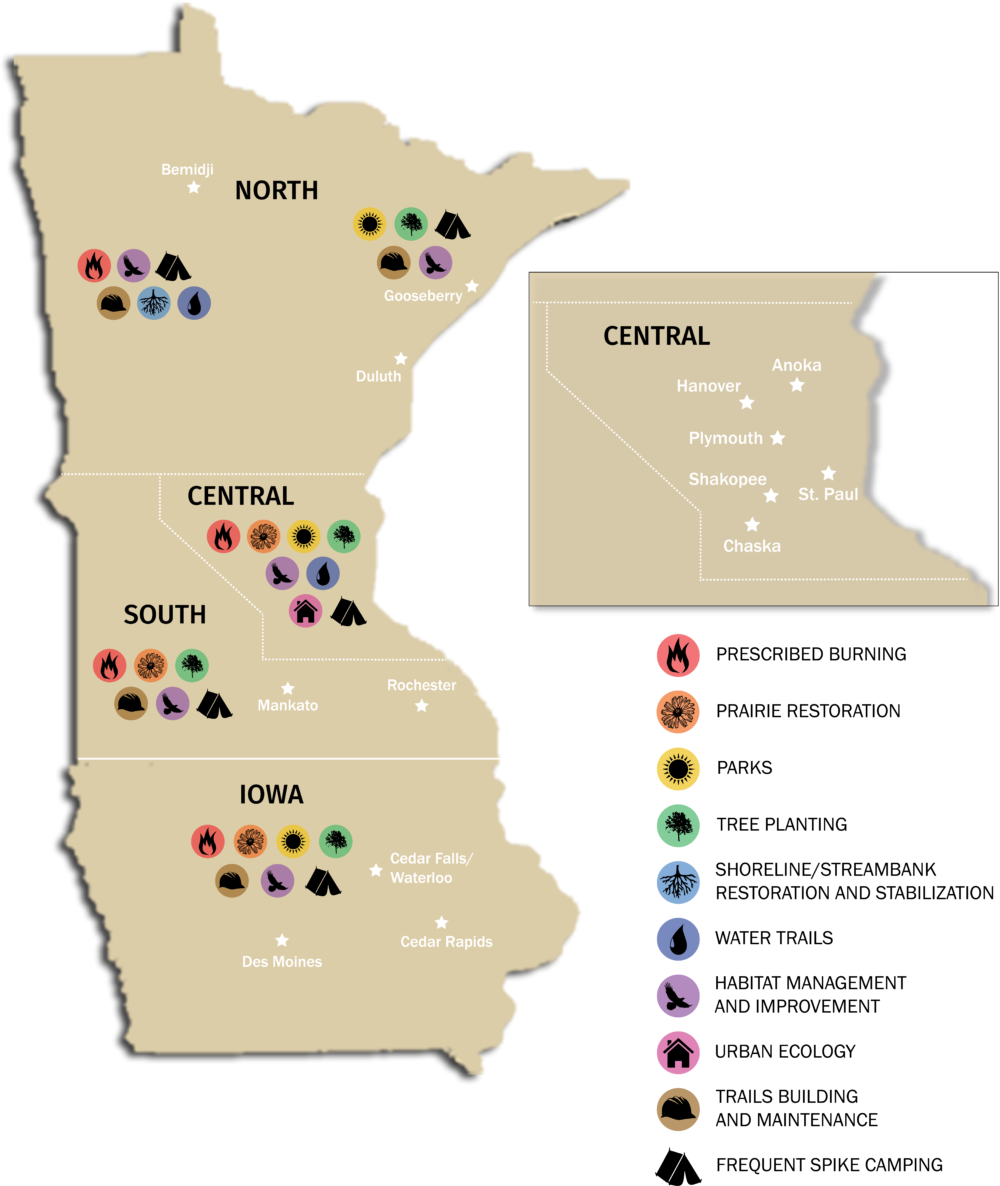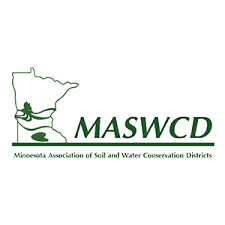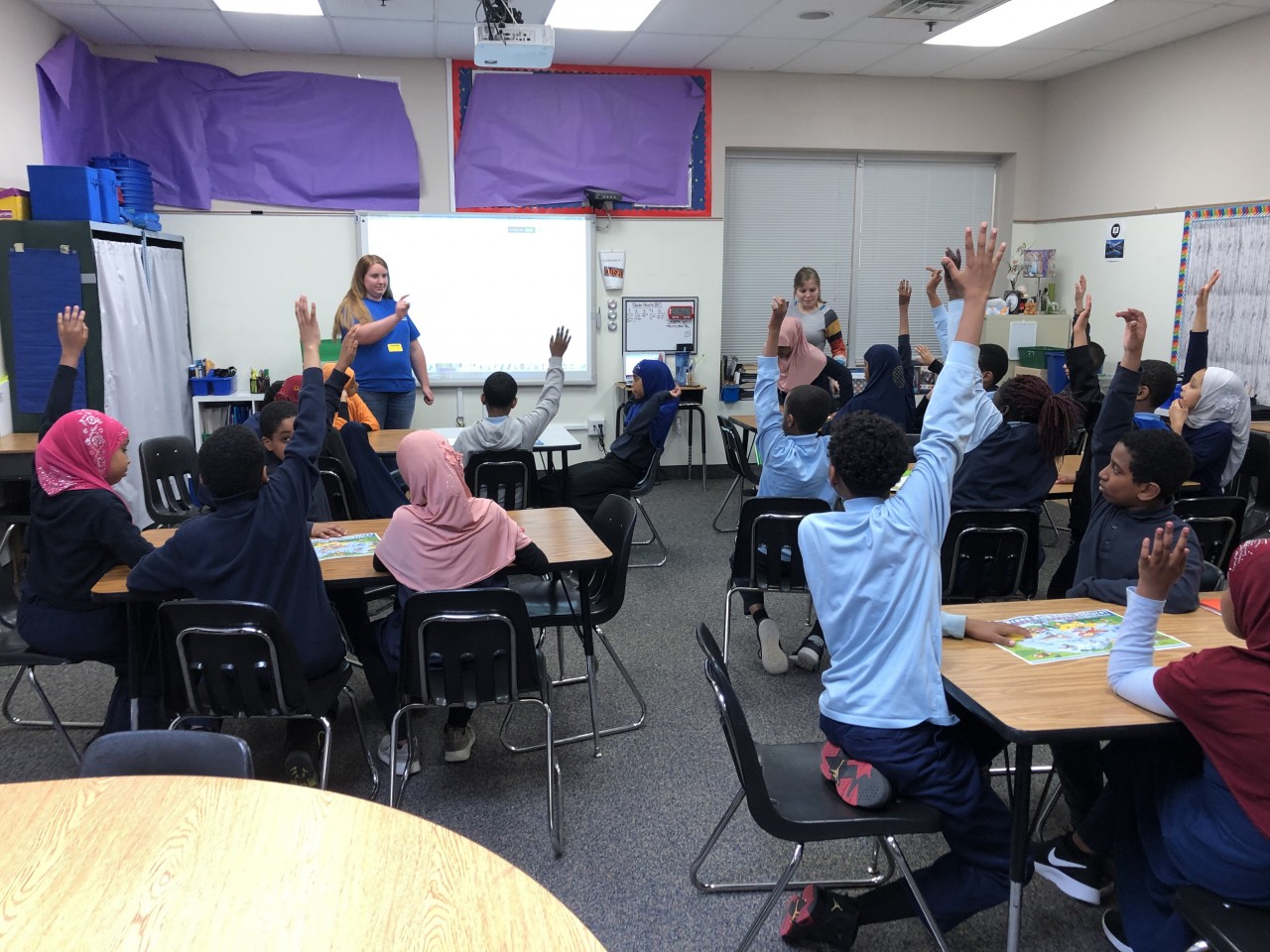Each year, Anoka Conservation District (ACD) works with dozens of partners to install conservation projects and implement programs that improve water quality, hydrology and habitat across our shared natural resources. ACD employees nominate partners for consideration by ACD's elected Board of Supervisors to be honored as Anoka County's Outstanding Conservationist.
This year, we are excited to announce that the City of Circle Pines has been named the 2024 Anoka County Outstanding Conservationist. While this honor typically goes to a candidate that collaborated with ACD on a project in any given year, in this case, the award highlights a milestone reached in 2024 for Golden Lake due to the City of Circle Pines' long-standing partnerships with ACD and others. Golden Lake is the jewel in the crown of the City of Circle Pines' natural resources and a focal point for recreation. Efforts to improve water quality in Golden Lake culminated in 2024 with water quality levels that warrant removal of Golden Lake from the MN Pollution Control Agency's Impaired Waters List. For context, only eight other lakes were removed from the list in 2024, and the list includes 1,765 lakes.
At the December 10, 2024 City of Circle Pines Council meeting, ACD presented the city with an award featuring a small bronze statue of a green heron for the City's accomplishments. While this milestone achievement is exciting and worth taking a moment to revel in, it's as City of Circle Pines Mayor Dave Bartholomay acknowledged, we don't get to say "well, we're done, let's move onto something else." We must continue to implement projects to maintain the ground we've gained, but we can do so moving forward at a slower pace with less annual investment.
Photo: Far left: Steve McChesney (Council), Nici Dorner (Council), Meagan Bachmayer (Council), Dave Bartholomay (Mayor), Matt Percy (Council), Mary Jo Truchon (ACD Chair), Kate Luthner (ACD Supervisor), and Chris Lord (ACD Manager)
Photo: Outstanding Conservationist Award, designed by ACD.
The City of Circle Pines collaborated with ACD to construct the Golden Lake pump assisted iron-enhanced sand filter and provided significant matching funds. They previously installed several rain gardens associated with a road reconstruction project and installed a stormwater infiltration feature at Golden Lake Park. They supported the formation of the Friends of Golden Lake group, which now works with those living on the lake to manage their properties in lake-friendly ways. The City of Circle Pines also provided financial support for the creation of several animated videos, including "Our Lakeshore Connection."
The City's overall success starts with a vision at the Council level based on public input, which leads to investment of staff and financial resources. City Administrator, Patrick Antonen's ability to create partnerships to share resources to bring the Council's vision to life was impressive. The City's engineering firm, WSB, turned good ideas into great designs, which were refined by the insight of the men and women in the field that make these projects work. Project construction is completed by talented contractors under the guidance of experienced City representatives and eventually projects are up and running. Frankly, the final phase is the most critical. The project is passed on to landowners or others who are expected to keep the project running for ten to twenty-five years. These homeowners and City staff, too numerous to name, deserve great thanks for their dedication and hard work.
Of course, the credit for this success extends well beyond the City of Circle Pines and ACD to other partners and conservationists. This includes, but isn't limited to, the City of Blaine completing projects further upstream, Rice Creek Watershed District holistically implementing projects throughout the watershed and lending their expertise on projects along the way. We thank the landowners living on the lake and adjacent neighborhoods who do their part individually, without accolade, to improve Golden Lake by reducing pesticide and fertilizer use, sweeping road gutters, stabilizing shoreland erosion, installing lakeshore native plant buffers, and other activities. Finally, none of this would have happened if not for the generosity of the Minnesota taxpayer and the passage of the Clean Water, Land, and Legacy Amendment, which increased sales tax. This provided our state agency partners at the Board of Water and Soil Resources and others with the resources they needed to provide significant financial support to impactful projects proposed by outstanding conservationists, like the City of Circle Pines.
